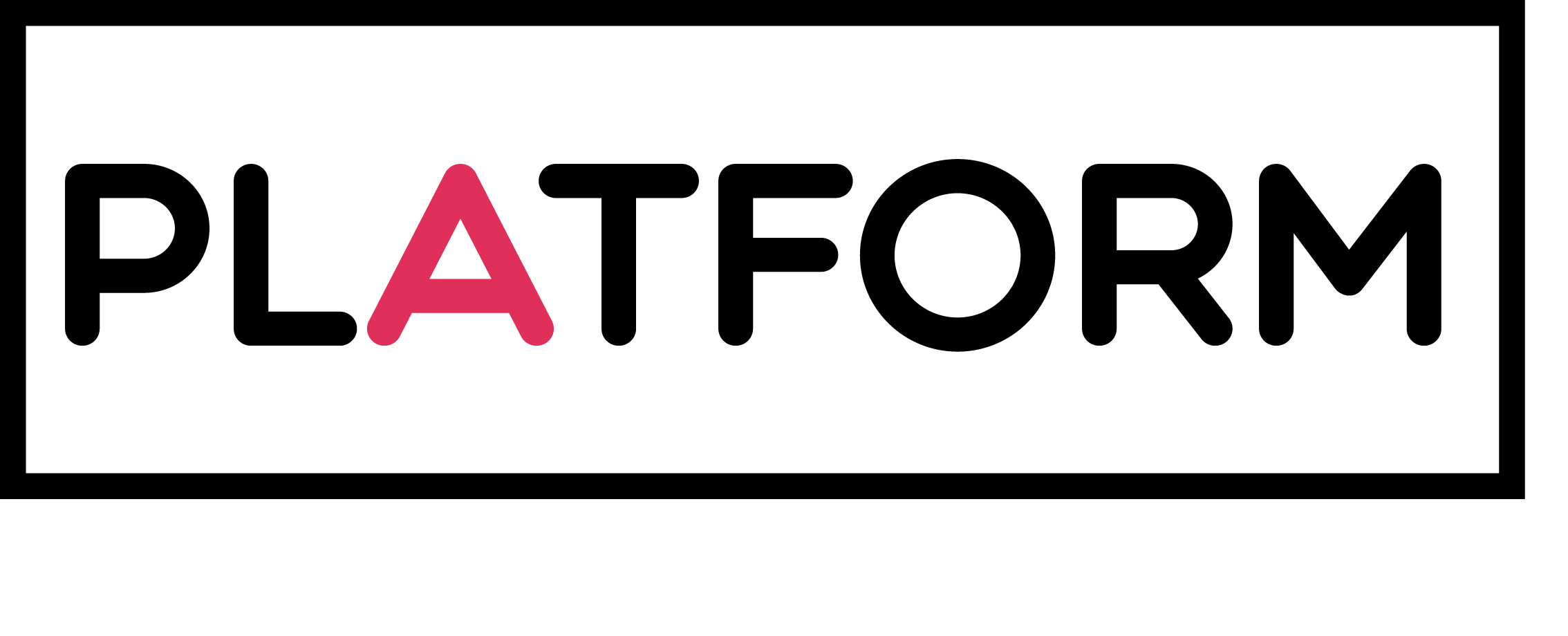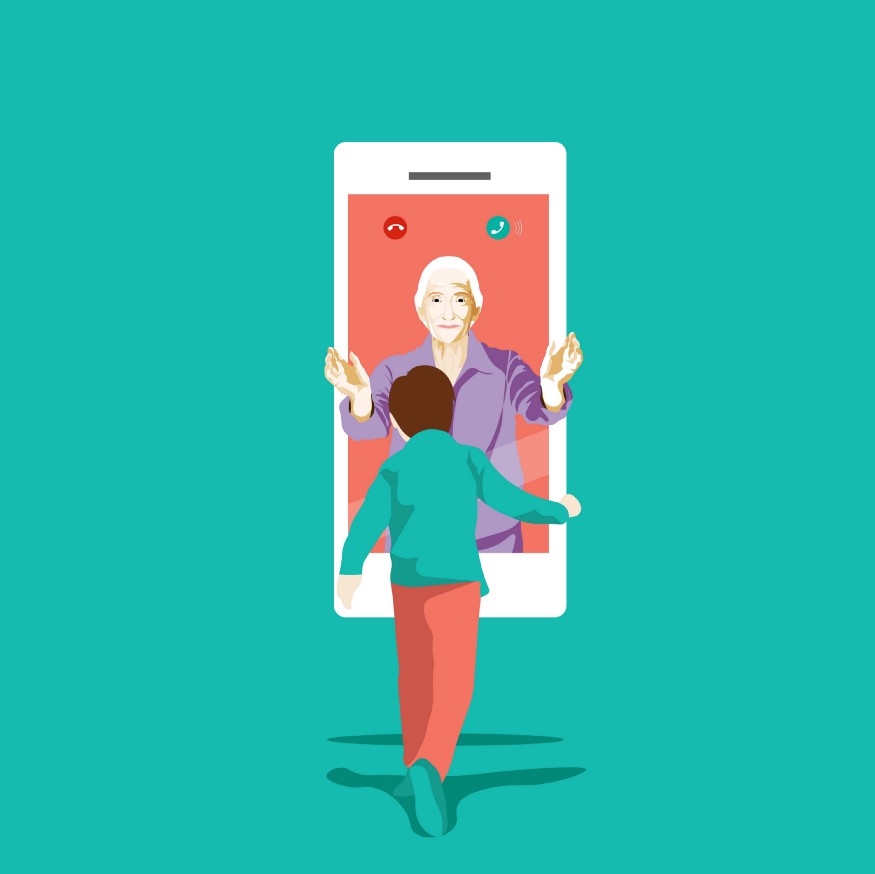How Can We Use Artificial Intelligence in Our Fight Against COVID-19?
Authors: Nikola Neftenov & Mirjana Stankovic
Artificial intelligence (AI) can help address the COVID-19 pandemic — if applied responsibly and ethically.
AI has emerged as a powerful technology for processing massive amounts of information, and as such it can be used to benefit mankind. However, it can also be used as a tool for creating fake documents, images, videos, or even identities, and for perpetuating existing human biases. In our quest for human betterment, we should not forget that AI is not a being, but merely an instrument towards achieving the common good.
The spread of COVID-19 is stretching operational systems in healthcare and beyond. We have seen shortages of everything, from masks and gloves to ventilators, and from emergency room capacity to the speed and reliability of internet connectivity. The reason is both simple and terrifying: The global economy and the national healthcare systems are geared to handle linear, incremental demand, while the virus grows at an exponential rate. The public health systems around the globe cannot keep up with this kind of explosive demand without the rapid and large-scale adoption of digital operating models.
AI assists public health authorities in tracking and monitoring COVID-19 outbreaks. AI facilitates social distancing
AI has proven to be a powerful tool which is capable of enforcing social distancing measures. With the advent of virtual assistant AI technology such as Alexa, people have been enabled to order their groceries without stepping foot inside a store. Robots have also begun to replace clinicians in hospitals, as they have found their application in helping disinfect rooms, providing telehealth services, and processing and analyzing COVID-19 test samples.
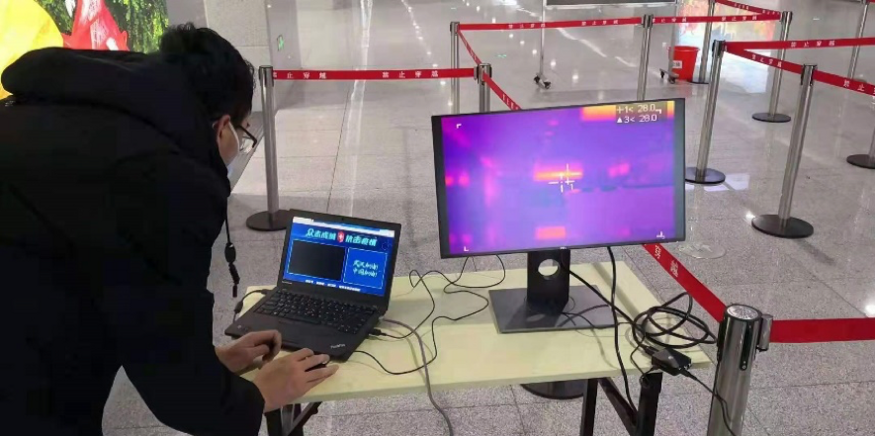
Several governments and hospital systems around the world have been leveraging AI-powered sensors to support triage in sophisticated ways. The Chinese technology company Baidu developed a no-contact infrared sensor system to quickly single out individuals with a fever, even in crowds. Beijing’s Qinghe railway station has been equipped with this system to identify potentially contagious individuals, replacing a cumbersome manual screening process. Similarly, Florida’s Tampa General Hospital deployed an AI system in collaboration with Care.ai at its entrances to intercept individuals with potential COVID-19 symptoms from visiting patients. The technology conducts a facial thermal scan and picks up on other symptoms, including sweat and discoloration, through cameras positioned at entrances with the aim of warding off visitors with fever.
Another such example is the Israeli company Diagnostic Robotics, which is an AI-based triage platform that gives public health officials continuous monitoring of the patterns in which the virus spreads. The platform has been adapted to tackle the current pandemic, offering an analytics tool that produces risk assessment and predictive models, thus allowing a quicker and better targeted medical response.
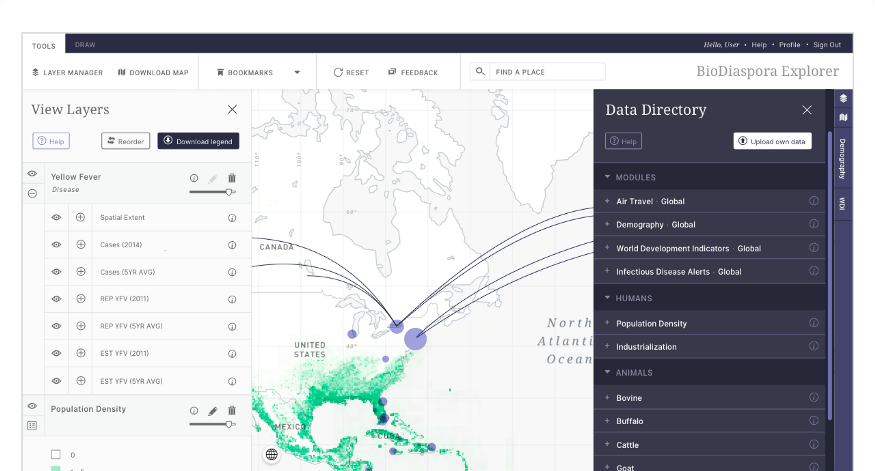
AI also helps national authorities with predicting and tracking the COVID-19 outbreak. The most notorious example in this regard is the Canadian health surveillance startup called BlueDot which was among the first in the world that was able to accurately identify the spread of COVID-19 and its risk. The startup’s AI software discovered a cluster of unusual pneumonia cases in Wuhan, China in late December, and predicted where the virus might spread. It used geographic information system (GIS) data and flight ticket sales to create a dispersion graph based on the airports connected to a city and where passengers are likely to fly. It also used anonymized location data from 400 million mobile devices to track flows from the outbreak epicenter to other parts of the world. BlueDot applied this methodology to identify many of the cities among the first to receive the coronavirus, such as Tokyo, Bangkok, Hong Kong, Seoul, and Taipei.
“Social distancing software” is being used around the globe by governments in order to monitor whether people are abiding by the imposed social distancing measures imposed. For instance, in the US, a “social distancing detection” software is using camera images to detect when social distancing norms are breached, after which the system will send out a warning. Israel and Russia have also created and implemented their own versions of social distancing and tracking software. Cyber-monitoring to identify and quarantine people that may have been infected has been approved by the Israeli government. Russia, on the other hand, has rolled out a combination of an app and a QR system which tracks infected people and controls their movement.
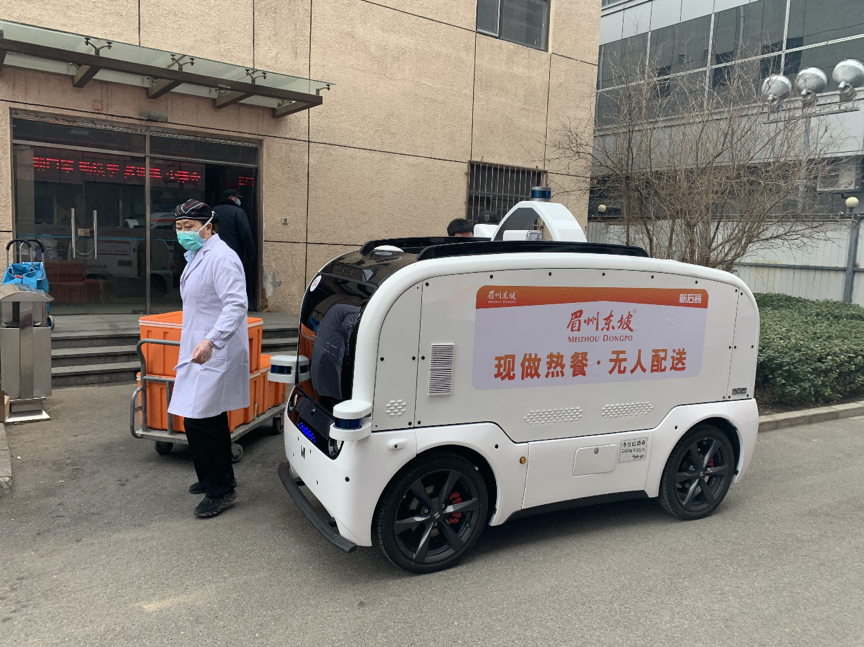
Autonomous cars are being used to assist hospital and health authorities in their fight against COVID-19. For instance, Apollo, Baidu’s autonomous vehicle platform, partnered with a local self-driving startup called Neolix to deliver supplies and food to the Beijing Haidian Hospital.
Can AI bring researchers closer to a cure?
AI is playing a part in each stage of the COVID-19 pandemic, from predicting the spread of the novel coronavirus to monitoring outbreaks and powering robots that can replace humans in hospital wards. One of the best things AI can do now is to help researchers scour through the data to find potential treatments.
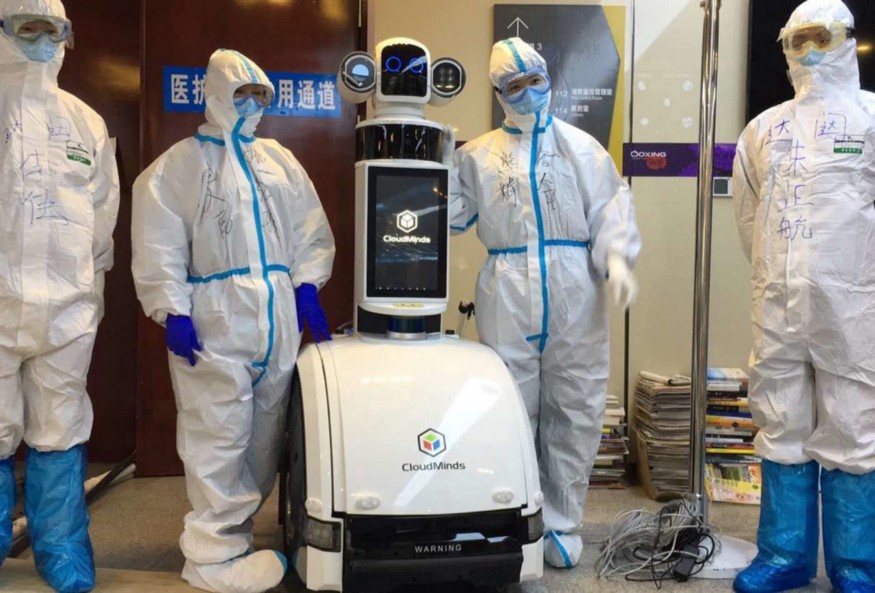
AI has found its application beyond screening, predicting and tracking, and is being used to monitor Covid-19 symptoms, provide decision support for CT scans, and automate hospital operations. One such case can be found at Zhongnan Hospital in China. The hospital uses an AI-driven CT scan interpreter that identifies visual signs of pneumonia associated with COVID-19 when radiologists aren’t available. Another case coming from China is found in the epicenter of the contagion — Wuhan Wuchang Hospital that established a smart field hospital staffed largely by humanoid robots created by the Bejing robotics company CloudMinds. Patient vital signs were monitored using connected thermometers and bracelet-like devices. Intelligent robots delivered medicine and food to patients, alleviating physician exposure to the virus and easing the workload of healthcare workers experiencing exhaustion.
Robots are one of the many ways hospitals across the globe continue to reduce the risk of the coronavirus spreading. AI systems have found their application in helping doctors identify COVID-19 cases through CT scans or X-rays with high accuracy at a much quicker rate. An example of this is Microsoft’s HealthCare Bot Service which is being used by the US Centers for Disease Control and Prevention as a self-screening tool for people wondering whether they need treatment for COVID-19.
MDmetrix and TransformativeMed are two Seattle-based startups that use their technologies to help clinicians better understand how patients aged between 20 and 45 respond to certain treatments when compared to older adults. The software also has the ability to calculate the average time period between person-to-person vs. community spread of the disease.
Bright.md is one of many healthcare automation startups that have leapt at the chance to provide help to the healthcare system in the Pacific Northwest. By using its AI-powered virtual healthcare software, Bright.md is helping physicians treat patients more quickly and efficiently without them having to physically step foot inside an office. Using SmartExam, providers can deliver a diagnosis and treatment in less than two minutes. This means a single clinician can manage more than 200 patients each day. For comparison, in-person and video visits typically require more than 20 minutes of provider time.
The White House in coalition with the Chan Zuckerberg Initiative, Microsoft Research, the Allen Institute for Artificial Intelligence, the National Institute of Health’s National Library of Medicine, Georgetown University’s Center for Security and Emerging Technology, Cold Spring Harbor Laboratory and the Kaggle AI platform, which is owned by Google, announced the COVID-19 Open Research Dataset, an initiative that uses natural language processing to analyze scientific papers about the novel coronavirus. Within four days of the dataset’s release on March 16th, it received more than 584,000 views and 183 analyses.
Projects such as the COVID-19 Open Research Dataset mentioned above, the COVID-net open-access neural network that collaboratively develops a system to identify COVID-19 in lung scans, and an initiative asking individuals to donate their anonymized data, represent important efforts by humans to pool data so that AI systems can then sift through this information and identify patterns.
AI raises data protection, data privacy and ethics concerns amid the COVID-19 outbreak
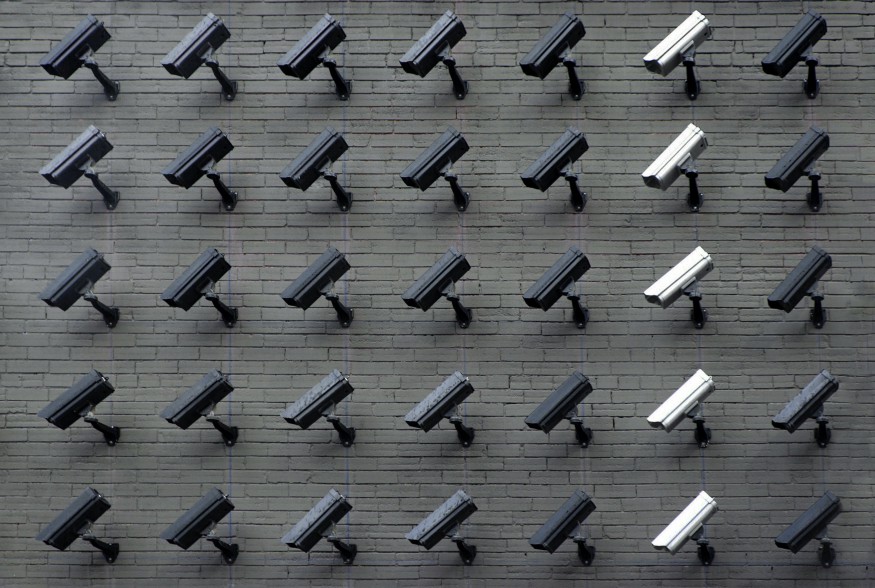
Although AI has the potential to help us tackle the pressing issues that the COVID-19 pandemic has raised, the technology itself will not make the difference due to the fact that it is reliant on the knowledge and creativity of the humans who use it. When used wisely, not only does AI have the capabilities to go through data more quickly than humans, it also has the potential to exceed humans in the detection of patterns that may otherwise be overlooked.
Nevertheless, in order for AI systems to find those patterns, they require vast amounts of data with relevant examples in that data. Machine learning implicitly assumes that what has worked in the past will still work in the future. We need to understand that AI is merely a tool, and its use value is determined by the humans that design and use it. Hence, human action and innovation are of critical importance in leveraging AI’s power.
Even though AI has had an increasingly positive role in fighting the COVID-19 pandemic, it has raised a myriad of privacy and ethical questions that cannot be overlooked.
Facial recognition technology is used in the surveillance, monitoring, and control of people’s movements in the COVID-19 outbreak. Public authorities around the globe have started using surveillance cameras and geolocation to enforce the quarantine regime and track infected individuals and their family members.
We need to bear in mind that health data is sensitive information. It can identify individuals and reveal highly personal details of patients’ lives. Sharing and tracking health data is necessary for authorities to respond to a fast-moving outbreak. Large-scale collection of data could help curb the COVID-19 pandemic, but it should not neglect privacy and public trust. Best practices should be identified to maintain responsible data-collection and data-processing standards on a global scale.
Where do we go from here?
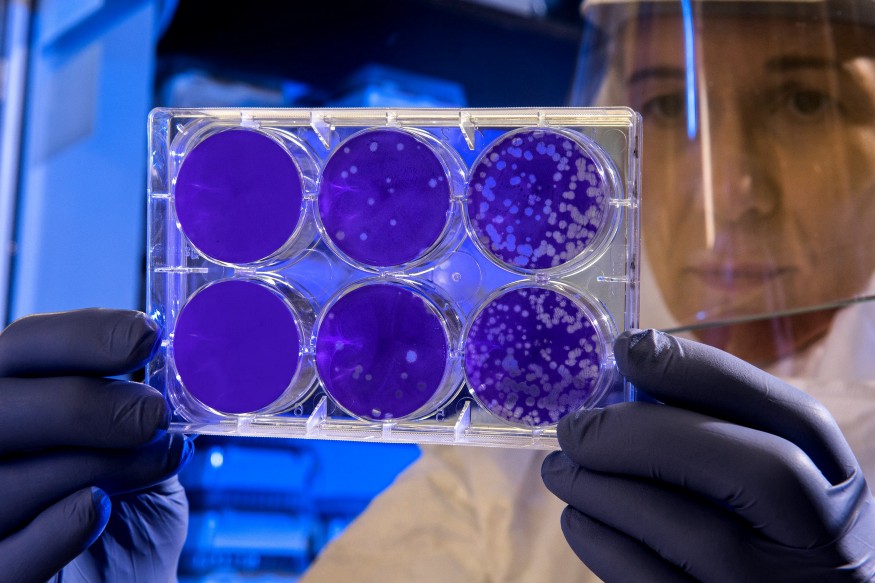
Junk in — junk out. Much of the COVID-19 data is not yet ‘FAIR’ — it is not sufficiently findable, accessible, interoperable and reusable.
Careful data-management practices should govern both data collection and data processing. In the collection of data from affected people, the principle of proportionality should apply. This means that the data collection should be (i) proportional to the seriousness of the public-health threat, (ii) limited to what is necessary to achieve a specific public-health objective, and (iii) scientifically justified.
Collaboration is needed. In order to leverage AI tools during the COVID-19 pandemic, different stakeholders should collaborate towards achieving a common goal. Data scientists that code AI systems play an important role in the creation of these tools because they know AI’s limits. Domain experts are also needed, as they understand the nature of the problem and have the ability to identify where past training data might still be of importance. The need for out-of-the-box thinkers will play a vital role as they will push us to move beyond our assumptions and can see surprising connections.
Duplication of scientific and research efforts should be avoided. Scattered efforts across labs must be avoided, as they risk duplicating the same work and reinventing the wheel, thus prolonging the process of finding a cure. Research labs around the world have begun to report their work through published articles, and increasingly through preprint services like bioRxiv and medRxiv.
Everyone involved in the development of AI systems must maintain a certain level of ethical standards and consider the possible unintended consequences of the technologies they create. Despite being faced with a crisis of colossal proportions, we cannot allow sacrificing fundamental principles, such as human dignity, data privacy and data protection, in addressing it.

